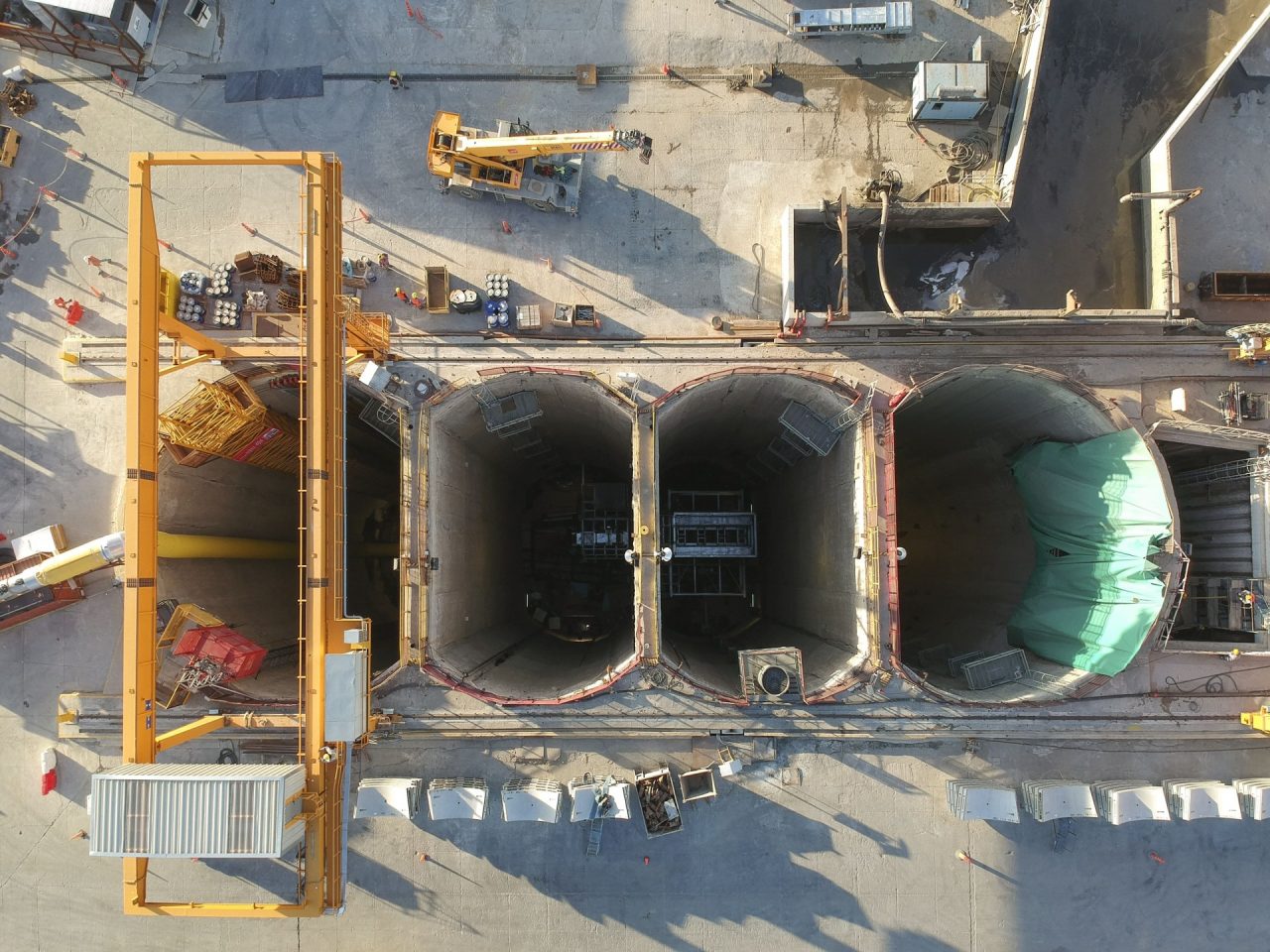It all began with the “Guardians of the Riachuelo.” In 2006, a group of residents came together to monitor and report on pollution levels of the river in Buenos Aires. The project began from the ground up, fueled by a mission to make the Matanza Riachuelo reservoir area more sustainable for its millions of residents.
Fifteen years later, the dream has come true: the “Riachuelo System” (as the river water’s purifying system is now called) is at an advanced stage. The World Bank has also announced its plans to invest further in upgrading one of Latin America’s most important water basins.
Riachuelo System: new funds from the World Bank
The official news came last June: after its initial financing of the “Riachuelo System” project, the World Bank allocated another $265 million (€236 million) for further development. According to Jordan Schwartz, Country Director of the World Bank for Argentina, Paraguay & Uruguay, the goal is to “promote the sustainable development in the Matanza-Riachuelo Basin.”
“This new financing will accelerate a key component of the comprehensive solution to reduce river pollution, thus improving the quality of life of millions of people living in the basin,” Schwartz said.
According to AySA (Argentine Water and Sanitation), the “Riachuelo System” will improve the lives of 4.3 million people, with the new World Bank funding extending these benefits to additional 1.5 million citizens by reducing industrial pollution.
This is all part of a complex and ambitious project, emblematic of a new frontier in engineering technology. It’s also a gamble: the project focuses on reviving one of Latin America’s most polluted rivers.

The Riachuelo project and the river’s rebirth
The Riachuelo runs 64 kilometres (about 40 miles) through Buenos Aires and its province. Given the diversity of industries historically operating in the area, its waters have exceptionally high pollution levels. These stay fairly constant all the way through to the mouth in the Rio de la Plata, between the barrio (district) of La Boca and the city Dock Sud.
The “Riachuelo System” envisages the construction of a purification plant as well as an extensive tunnel network about 27 metres (about 89 feet) beneath the Rio de la Plata. The main tunnel (12 kilometres or 7.5 miles long) is the purification plant’s discharge conduit. It will facilitate dilution of pre-treated wastewater at an average rate of 27 cubic meters (27,000 litres) per second.
In essence, the purified water will be released into the Rio de la Plata using a system of “risers” – 34 vertical steel pipes – that connect the main tunnel with the river bed.
Webuild Group got the commission for one of the project’s most complex endeavors: the purification plant’s discharge tunnel. The tunnel will facilitate the disposal of 2.3 million cubic metres (2.3 billion litres) of sewage daily.
The tunnel is now complete, along with the risers, one of the most intricate parts of the system. Professional divers had to be called in to work on it, using only their tactile senses, since it is virtually impossible to see underwater in the Rio de la Plata.

